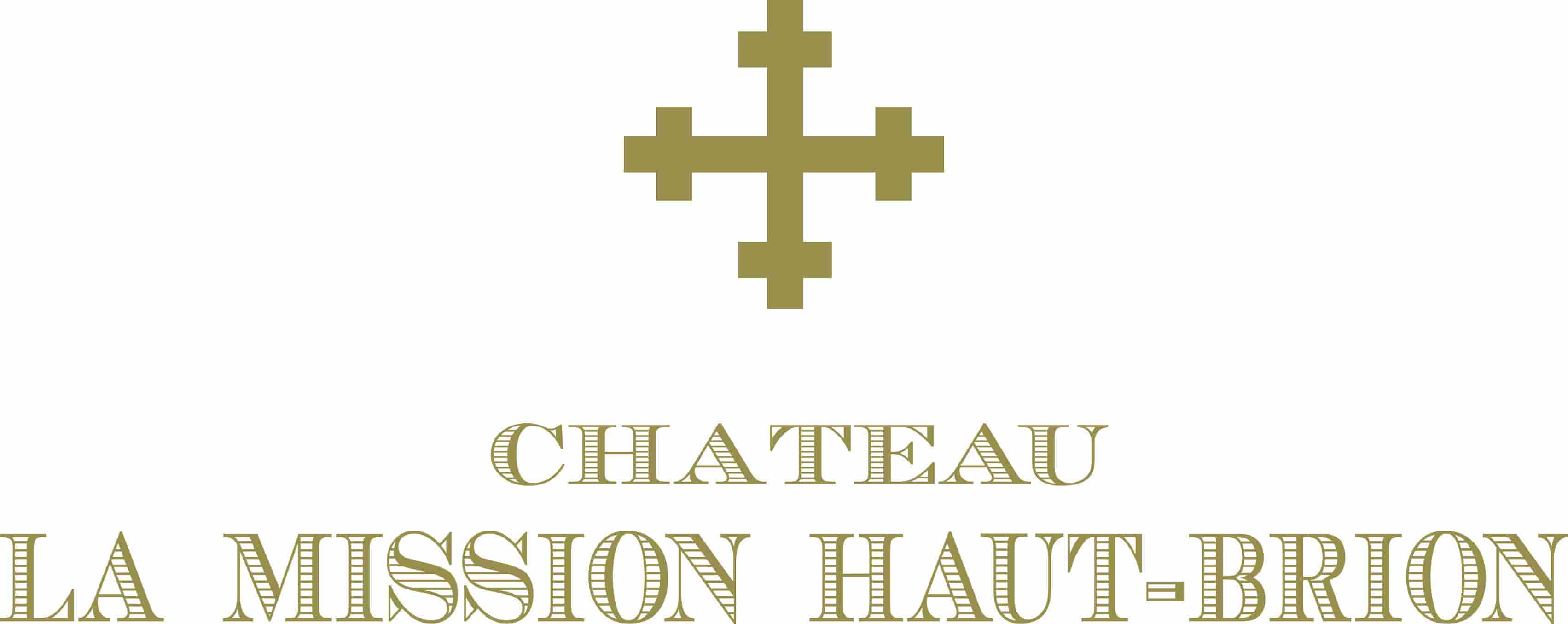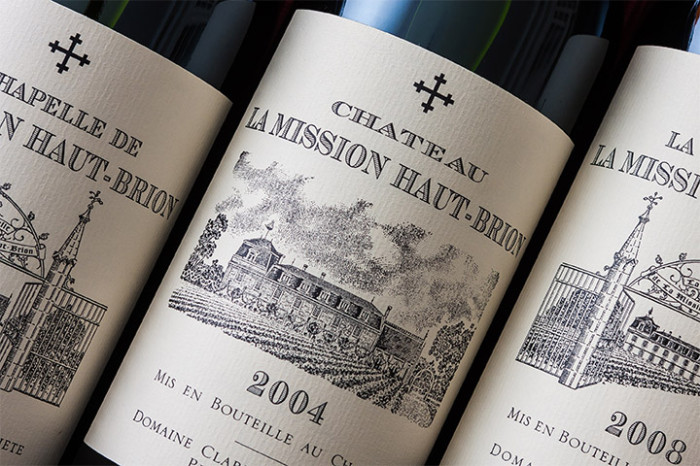|
You are using an insecure Internet browser
Navigateur internet non sécurisé
您在使用不安全的网页浏览器。
|
||
|
We have noticed that you are using Internet Explorer which is an outdated and insecure Internet browser. Please use one of the browsers below for a safe and optimal experience on our website.
Nous avons remarqué que vous utilisez Internet Explorer, qui est un navigateur internet obsolète et non sécurisé. Nous vous recommandons d’utiliser à la place l’un des navigateurs ci-dessous pour une expérience sûre et optimale sur notre site.
我们注意到您使用的Internet Explorer是过时且不安全的网页浏览器。请使用以下任一浏览器,在我们的网站上获得安全及最佳体验。
|
||
| Edge | Firefox | Chrome |


La Mission Haut-Brion gets its name from a missionary order, that of the Lazarites who built a small chapel in 1698 that still exists today.
In the early 16th century, the Arregedhuys parcel, later the vineyard of Château La Mission Haut-Brion, was owned by Louis de Roustaing, sieur de La Tour d’Esquivens. In 1682, the estate was bequeathed to the Prêtres de la Mission, commonly known as the Lazarists. Throughout the 18th century, they made refinements in their grape-growing practices and enhanced the quality of their wine. The estate was confiscated in 1792 during the French Revolution, and sold at auction as “national property.” Célestin Chiapella, who bought it in 1821, made further improvements to the property, and commissioned the construction of the wrought-iron gate found on the estate. When Jérôme Chiapella sold the estate to the Société Anonyme des Etablissements Duval of Paris in 1884, it enjoyed a superb reputation in France, England and the US.

In 1983, La Mission Haut-Brion became part of the Domaine Clarence Dillon, owner of neighbouring Haut-Brion. A board member from the age of 18, Prince Robert of Luxembourg is completely involved with Domaine Clarence Dillon. He manages Haut-Brion and La Mission Haut-Brion with passion and belongs to one of the oldest families to own a Premier Cru.
The property is just opposite Château Haut-Brion and shares the same elevated gravel terrain bounded by the Le Peugue and Le Serpent streams, which is so ideal for cultivating vines. The gravel soil consists of small stones of various types of quartz and the subsoil of a mixture of sand and clay. The vineyard covers an area of 29 hectares, where nearly 25,5 are planted with red grape varieties and just over 3,5 are devoted to white grape varieties.
Frédéric Otto Woltner and his sons, owners in the early 20th century, were the first Bordeaux winemakers to install vitreous enameled-steel fermentation vats, to provide better temperature control during the fermentation process. The wine is aged for 18-22 months in 80% new oak barrels.
“If God forbade drinking, would he have made this wine so good?”
Maréchal, Duc de Richelieu.

© 2024 Copyright – Le Club FICOFI® | Design by OLC
This website uses cookies to ensure you get the best experience on our website as specified in our Cookie Policy. You can consent to the use of such technologies by clicking on “I agree”.